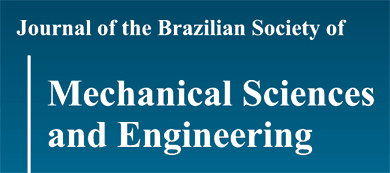Materials used in the manufacture of aero-engine components generally comprise of nickel and titanium base alloys. Advanced materials such as aero-engine alloys, structural ceramic and hardened steels provide serious challenges for cutting tool materials during machining due to their unique combinations of properties such as high temperature strength, hardness and chemical wear resistance. These materials are referred to as difficult-to-cut since they pose a greater challenge to manufacturing engineers due to the high temperatures and stresses generated during machining. The poor thermal conductivity of these alloys result in the concentration of high temperatures at the tool-workpiece and tool-chip interfaces, consequently accelerating tool wear and increasing manufacturing cost. The past decade has witnessed a radical approach to product manufacture, particularly in the developed economy, in order to remain competitive. Modern manufacturing philosophies, principles and techniques geared primarily towards reducing non value added activities and achieving step increase in product manufacture have been widely adopted. Recent advances in the machining of aero-engine alloys include dry machining at high speed conditions, the use of high pressure and/or ultra high pressure coolant supplies, minimum quantity lubrication, cryogenic machining and rotary (self-propelled) machining technique. Tool materials with improved hardness like cemented carbides (including coated carbides), ceramics, polycrystalline diamond and polycrystalline cubic boron nitride are the most frequently used for high speed machining of aero-engine alloys. These developments have resulted to significant improvement in the machining of aero-engine alloys without compromising the integrity of the machined surfaces. This paper will provide an overview on these recent developments and their application in the aerospace industry.
Nickel alloys; titanium alloys; self-propelled rotary tooling; high pressure coolant supply; minimum quantity lubrication; cryogenic cooling; tool wear; and temperature reduction




































